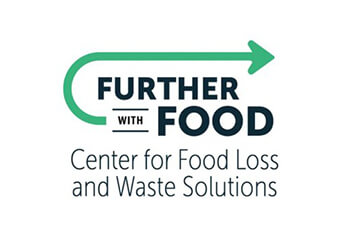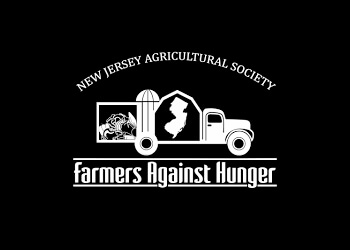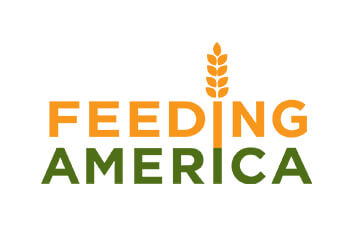

FOUND ON baby food, formula, medicines, vitamins, yeast, baking powder.
WHAT IT MEANS Do NOT distribute or use after the expiration date! Yeast and baking powder work less well, but are safe to eat.


FOUND ON Canned foods, crackers, cookies, spices.
WHAT IT MEANS This is the date the food was packaged, often displayed in a numerical code. Usually this food is of good quality and safe to eat for a long time past the date.
FOUND ON Refrigerated foods such as milk, yogurt, eggs, lunch meat.
WHAT IT MEANS The store must sell these foods before the code date listed. If the food has been handled properly it is still safe to eat and the quality is good.


FOUND ON Crackers, cookies, cold cereals and other dry, shelf stable food.
WHAT IT MEANS The manufacturer’s recommendation for how long the food will be at peak quality. After this date, the food is still safe to eat but begins to lose nutrients and quality.
Tomatoes taste best if they’re not refrigerated. Cold storage can cause them to become grainy.


Bananas should not be refrigerated unless they’re fully ripe. And then they should be used within one or two days. Refrigeration will cause the banana’s skin to blacken, but the fruit will not ripen while cold.
Apples, mangoes and stone fruits (plums, peaches, etc.) can be stored at room temperature If they are very fresh. These items should be refrigerated as they ripen.


Hardy vegetables like onions, garlic, potatoes, sweet potatoes and winter squash can be stored in cool, dark places (instead of in the refrigerator's cooler section.)
Temperature should be between 50° - 70°F.
Rotate stock so that older foods are distributed first.


Temperature should be between 32°F - 40°F.
Set the refrigerator's air temperature at 39° F to maintain internal temperature of food at 41° F.
Leave space for air to circulate between items.
Temperature should be 0° F (-18° C).
Freezer can be as cold as -20° F if you have something like ice cream in it.

Store cans and boxes off the floor and 18 inches away from the wall.
Canned and boxed goods should be stored in a clean, dry and cool area (below 85° F).
Extremely hot (over 100° F) and cold (below 30° F) temperatures can damage canned goods and make them go bad.
Always rotate your stock. Use older products before newer ones.


Discard boxes with an inside bag when the bag is torn or leaking, has moldy or foreign objects inside, and/or its seals are ripped.
Discard boxes without an inside bag when the box is open, torn, stained and/or wet.
Discard cans and jars when they are badly dented, rusty/cracked, leaking and or stained. Also throw away cans and jars if their seals are broken or missing and/or their lids are loose/missing. Cans and jars should always be tossed in the trash if the the food inside has changed color or has an odor – never taste suspicious foods!


Further with Food provides comprehensive information about food loss and waste in the United States and about solutions dedicated to reducing it. This virtual resource center offers a broad spectrum of users – such as businesses, government entities, investors, NGOs, academics, and individuals...
Read more
Farmers Against Hunger (FAH) was started in 1996 as a way to enable farmers throughout New Jersey to contribute their extra produce to those in need. Prior to the development of Farmers Against Hunger a few farmers tried to donate produce to their local food bank or food pantries, but transportation was always a problem...
Read more
Feeding America’s mission is to feed America’s hungry through a nationwide network of member food banks and engage our country in the fight to end hunger. With the support of our generous partners, the Feeding America network is meeting the needs of families across the country and helping them find the strength to move forward and flourish...
Read moreContact a local food bank to learn which foods are most in demand. Get tips and toolkits on how to start your own food drives.